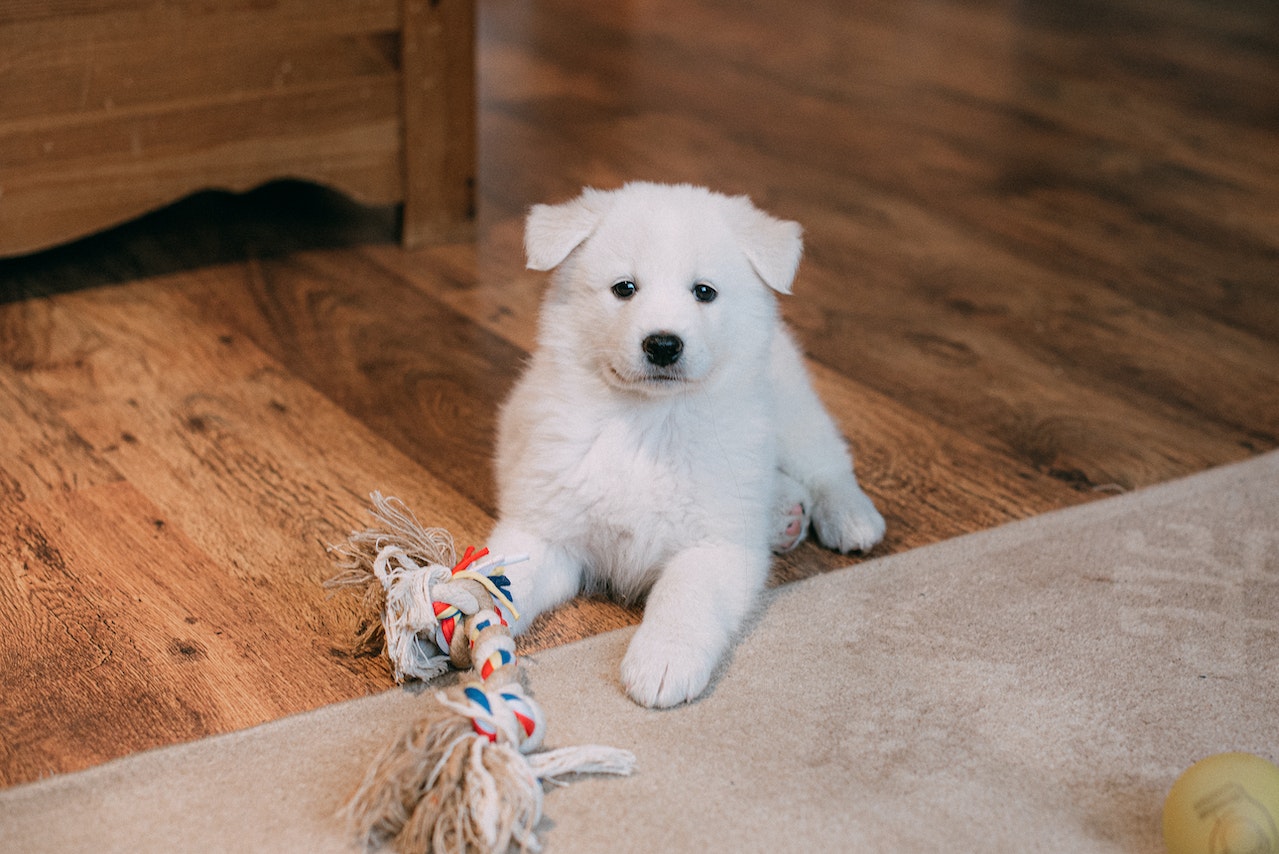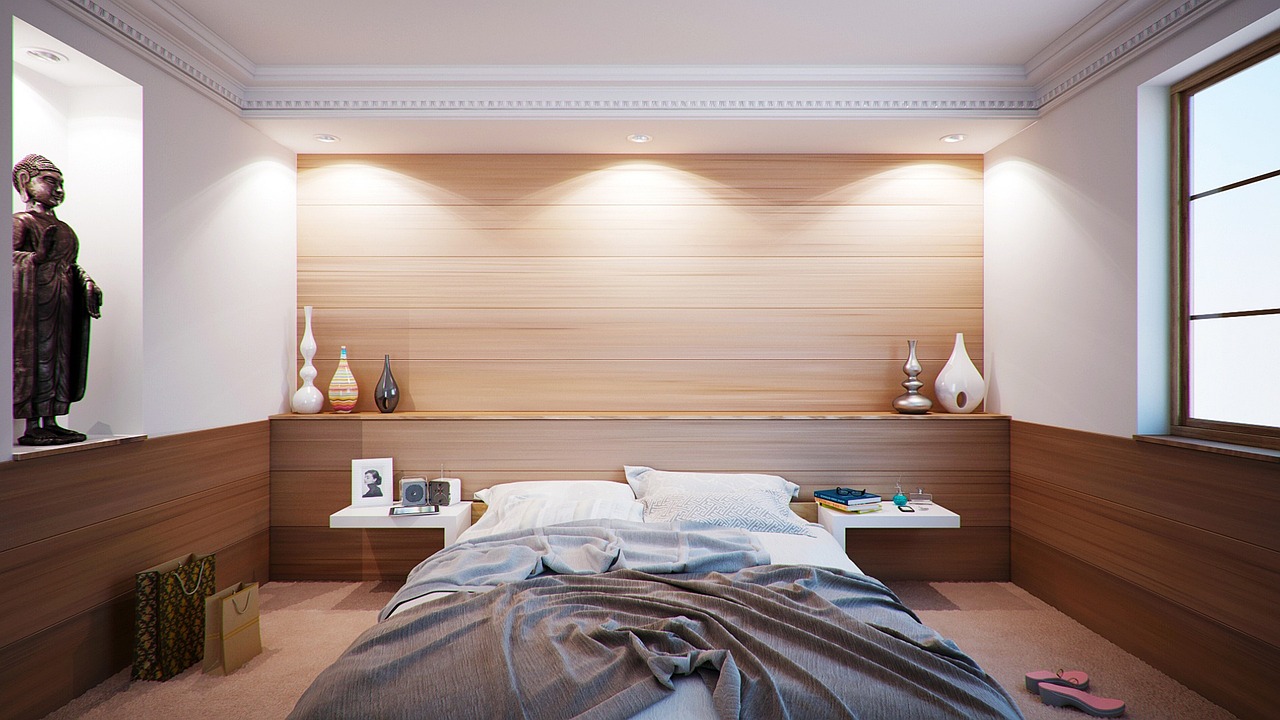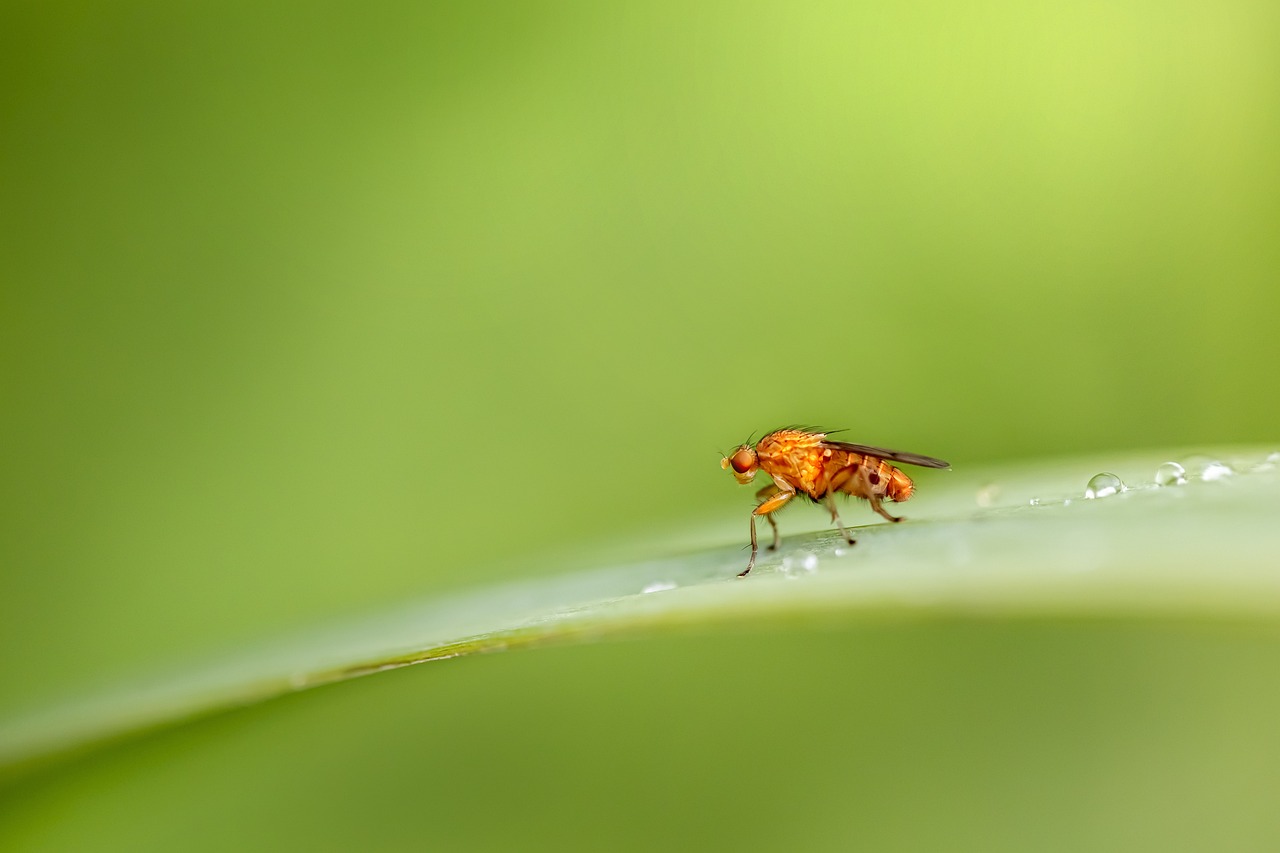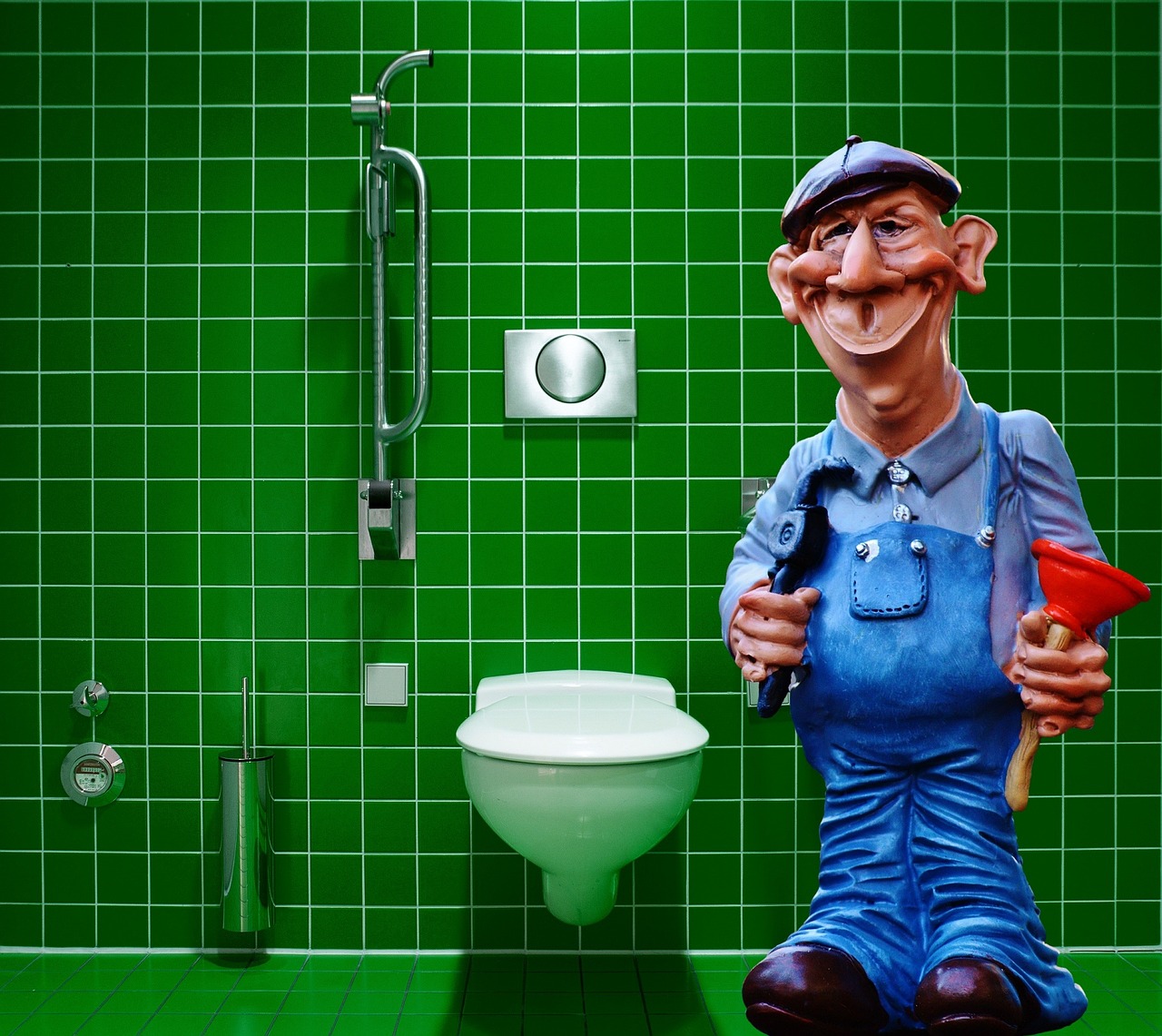Flooring – the unsung hero of our homes, taking a daily beating from our stiletto heels, the dropped Lego fortress, and our beloved, four-legged furry demolition experts we call pets. If you’re on the prowl for the best flooring options for your pet-friendly abode, buckle up! You’re about to embark on an epic journey through the jungle of “indestructible” surfaces, only to discover that “indestructible” is a term as optimistic as your pet’s chances of winning a Nobel Prize.
The Myth of Indestructible Flooring
First, let’s bust a myth: there is no such thing as truly indestructible flooring. If you’ve got a dog that’s part beaver or a cat with claws that could rival Wolverine, you know that they could probably scratch diamond if you weren’t looking. But despair not! Some options come close to this mythological indestructibility.
The Champions of Durability: Luxury Vinyl and Tile
Luxury Vinyl Plank (LVP) and Luxury Vinyl Tile (LVT): This is the Superman of pet-friendly flooring. Not only is it kryptonite-resistant (read: pee-resistant), but it also has a layer of vinyl that’s like an invisibility cloak against scratches. Plus, the newer versions are so stylish that not even your judgiest friends will know it’s vinyl unless they take a magnifying glass to it, which would be weird.
Tile: Ceramic or porcelain tile is like that one friend who never gets a stain on their white shirt, ever. It’s virtually indestructible unless you’re dropping bowling balls in your free time (which could be a fun alternative to pet ownership). It’s resistant to scratches, moisture, and pet accidents. The only downside? It’s hard and cold, so unless you invest in some chic pet booties or a whole-house heating system, your pets might be giving you the cold shoulder…or cold paw.
Hardwood: The Aesthetically Pleasing Yet High-Maintenance Option
Ah, the classic beauty of hardwood. It’s like the high-maintenance friend who looks fabulous but requires constant reassurance (and refinishing). Hardwoods can be sealed for better protection against accidents, but if your pet mistakes your floor for an indoor potty or scratching post, those hardwoods will show the battle scars. If you go this route, choose harder woods like oak or mahogany, and consider getting a color that matches your pet’s fur. It’s the perfect camouflage for those inevitable stray hairs.
The Underdog: Bamboo
The unsung hero of pet-friendly flooring. It’s the cousin of hardwood that spent years in martial arts training. It’s tougher, more resistant to moisture and scratches, and it’s eco-friendly. Your pet can do its worst, and bamboo will bounce back. However, quality varies, so go for the higher-end stuff, or you’ll have floors that dent every time your pet has a dramatic flop.
The Soft-Hearted Contender: Cork
This is like flooring with a built-in yoga mat. It’s got that zen, cushiony feel that’s warm, insulating, and somewhat scratch-resistant. Plus, it absorbs sound, so you won’t hear your pet’s every step, which is a blessing or a curse depending on if you’re trying to catch them in the act of unstuffing your couch. Just keep in mind that while cork is forgiving, it’s not the god of durability. Big claws can do damage, and if your pet’s potty training isn’t up to snuff, well, cork will soak up more than just your tears of frustration.
Carpet: The Comfort King but High-Risk Gamble
Now, I know what you’re thinking. “Carpet? Really?” It’s the comfort king that also doubles as a hair magnet and stain canvas. If you must have carpet, consider carpet tiles that you can easily replace when your pet mistakes them for a chew toy or toilet. Or opt for a low-pile, stain-resistant version, and get ready to become best friends with your steam cleaner.
Laminate: The Wolf in Sheep’s Clothing
This is the flooring that dresses up like hardwood for Halloween and almost always pulls it off. It’s tougher against scratches than its hardwood doppelgänger, and it won’t cry over spilled water (or other mysterious liquids your pet conjures up). However, once water seeps through the seams, it swells up like a sponge – and not in a cute, “just did a workout” kind of way. If you’re leaning towards laminate, look for options with water-resistant coatings and be prepared for your pet to ice skate across it until they get used to the slick surface.
The Mysterious Stranger: Stone Flooring
If you want to go full Game of Thrones in your decor, stone flooring is the way. It’s as noble as a direwolf and will handle your pet’s antics with the stoicism of a fortress wall. It’s tough, it’s cool – literally cool, which might mean investing in pet-friendly rugs so your furry friend doesn’t become a popsicle. Plus, if you’re into the medieval aesthetic, the occasional scratch can be passed off as adding character.
Synthetic Grass: The Urban Jungle
For the pet owner who wants to bring the great outdoors inside, this is a quirky choice. It’s durable, easy to clean, and your pets can pretend they’re frolicking in the fields (or doing their business) without stepping a paw outside. It’s the indoor park they never knew they wanted. Plus, it’s a great conversation starter – or ender, depending on your guests.
The Final Verdict: Mix and Match
The truth is, your home doesn’t need to commit to one type of flooring like it’s a monogamous relationship. Mix and match! Stone in the entryway for that “castle vibe,” luxury vinyl in the living areas for high-traffic frolicking, and a nice bamboo retreat in the bedroom for those quiet moments when your pet actually sleeps.
But remember, no matter what flooring you choose, your pet will test it. They’ll test it with their claws, their mysterious stains, and their sad, puppy-dog eyes when they inevitably destroy something.
In Conclusion
In the end, the best flooring for a pet-friendly home is one that keeps both you and your fur babies happy. It should withstand the zoomies, the oopsies, and the “what on earth are you eating?” moments. It should be a stage for your pet’s shenanigans, a canvas for your style, and hopefully, still look good when the dust (and fur) settles.
So choose wisely, pet parents. Your floors are the unsung heroes, and your pets, well, they’re the unpredictable co-stars in the sitcom that is your life. Now go forth and floor responsibly!
Pro Tips for the Savvy Pet Owner
Here are a few nuggets of wisdom for the savvy pet owner pondering flooring options:
- Area Rugs are Your Friend: They’re like the sacrificial lambs of decor. They protect the floors, add style, and can be cleaned or swapped out with less hassle than redoing your entire floor.
- Regular Trims: Keep those claws trimmed! It’s like giving your pet a manicure, except instead of preventing nail polish smudges, you’re saving your floors from looking like a scratched lottery ticket.
- The Potty Training Pact: Invest time in potty training. Make a solemn pact with your furry overlord that the great outdoors (or a designated indoor spot) is their restroom. Your floors will thank you.
- Opt for a Matte Finish: Shiny floors are great at showing off every single hair and scratch. A matte finish, however, is like the best Instagram filter for your floors – it hides a multitude of sins, or in this case, scratches and fur.
- Choose Textured Surfaces: Floors with a bit of texture are masters of disguise. They not only add a dimension of slip resistance for those overenthusiastic sprints to the door but also are more forgiving when it comes to showing scratch marks or fur.
- Strategic Color Picking: Choose a floor color that somewhat resembles your pet’s fur. Shedding happens, and while you could vacuum every hour, it’s easier to have floors that don’t showcase every single strand.
- Slip-Proof the Risk Zones: Add non-slip pads under area rugs or choose non-slip rugs, especially in places where your pet likes to run. This will prevent your pet from turning your living room into a slip ‘n slide and protect your floors at the same time.
- The Entrance Strategy: Have a designated ‘wipe your paws’ area by the entrance with a durable mat for muddy paws. It’ll save you hours of cleaning and protect your floors from whatever the dog dragged in.
- Urine-Resistant Sealant: If you’re going for hardwood or bamboo, consider a sealant that’s specifically designed to resist pet urine. Accidents happen, and when they do, you’ll want a floor that won’t soak up the evidence.
- Cleaning Kit at the Ready: Keep a cleaning caddy with all the essentials for quick clean-ups. Include an enzyme cleaner that breaks down pet stains and odors, because let’s be real, those cute little beasts can concoct some potent biohazards.
- Scratch Posts and Toys: Distract your pets from your beautiful floors by providing plenty of scratch posts for cats and chew toys for dogs. It’s easier to replace a well-loved toy than to refinish your floors.
- Quality Matters: If you’re on a budget, you might be tempted to go for cheaper options. But when it comes to pet-friendly floors, sometimes you do get what you pay for. Investing in higher quality, durable flooring can save you money and headaches in the long run.
- Routine Maintenance: Just like with any relationship, a little TLC goes a long way. Regularly clean and maintain your floors according to the manufacturer’s instructions to keep them looking as good as new.
- Insurance Plan: Finally, while it’s not about the flooring itself, having a good insurance policy for your home that covers damage from pets can be a lifeline when your furry friend decides to remodel the living room floor while you’re at work.
Frequently Asked Questions About Pet-Friendly Flooring
Yes, pet nails can scratch hardwood floors, especially if they’re from a larger breed and love indoor sprints. Harder wood species and high-quality laminate with a tough wear layer can resist scratches better. Regular nail trimming and area rugs can also help minimize damage.
While laminate flooring is more resistant to scratches than traditional hardwood, it’s not entirely scratch-proof. The biggest threat to laminate flooring is moisture, particularly if your pet has an accident that isn’t cleaned up quickly.
Luxury vinyl and porcelain or ceramic tiles are the easiest to keep clean. They’re resistant to stains and moisture, and a quick sweep or mop will take care of most messes.
Yes, there are carpets designed to be more resistant to pet stains and odors. Look for carpets with built-in stain resistance and low pile. Remember, even with these carpets, prompt cleaning is crucial for preventing damage.
It’s best to avoid carpets that are high-pile or shaggy as they trap hair and odors. Also, softer woods like pine can be easily scratched and dented by pets.
Non-slip rugs and mats can provide traction for your pets. Also, keeping their nails trimmed can help prevent slipping. Some floor finishes also offer more grip than others.
Absolutely! Bamboo and cork are both sustainable and relatively durable options. They’re good for the environment and stand up reasonably well to pets.
Sealants can offer some protection for wood floors, and choosing moisture-resistant flooring like vinyl or tile can prevent damage from accidents. Also, having a pet accident emergency kit handy for quick cleanups is vital.
While you can’t exactly train them to tiptoe, you can potty train pets and use protective nail caps. You can also place their food and water bowls on a protective mat to contain spills.
Pets generally prefer flooring that’s comfortable for them to walk and lie on, which usually means warm and not too slippery. Some pets might have a preference for soft carpets or rugs, while others may prefer the coolness of tile or stone.



